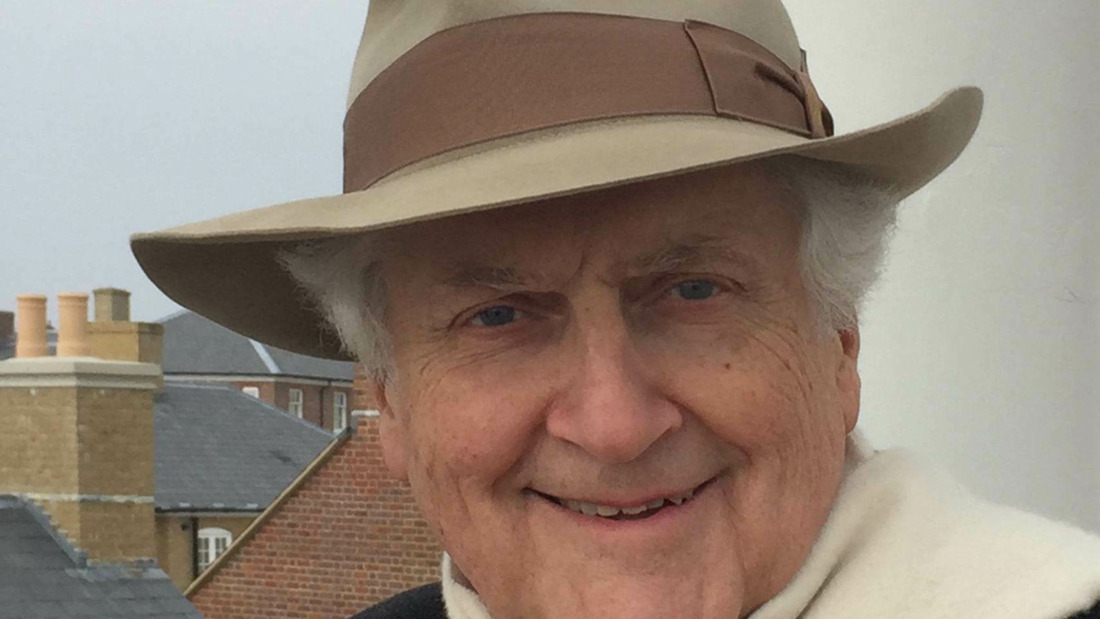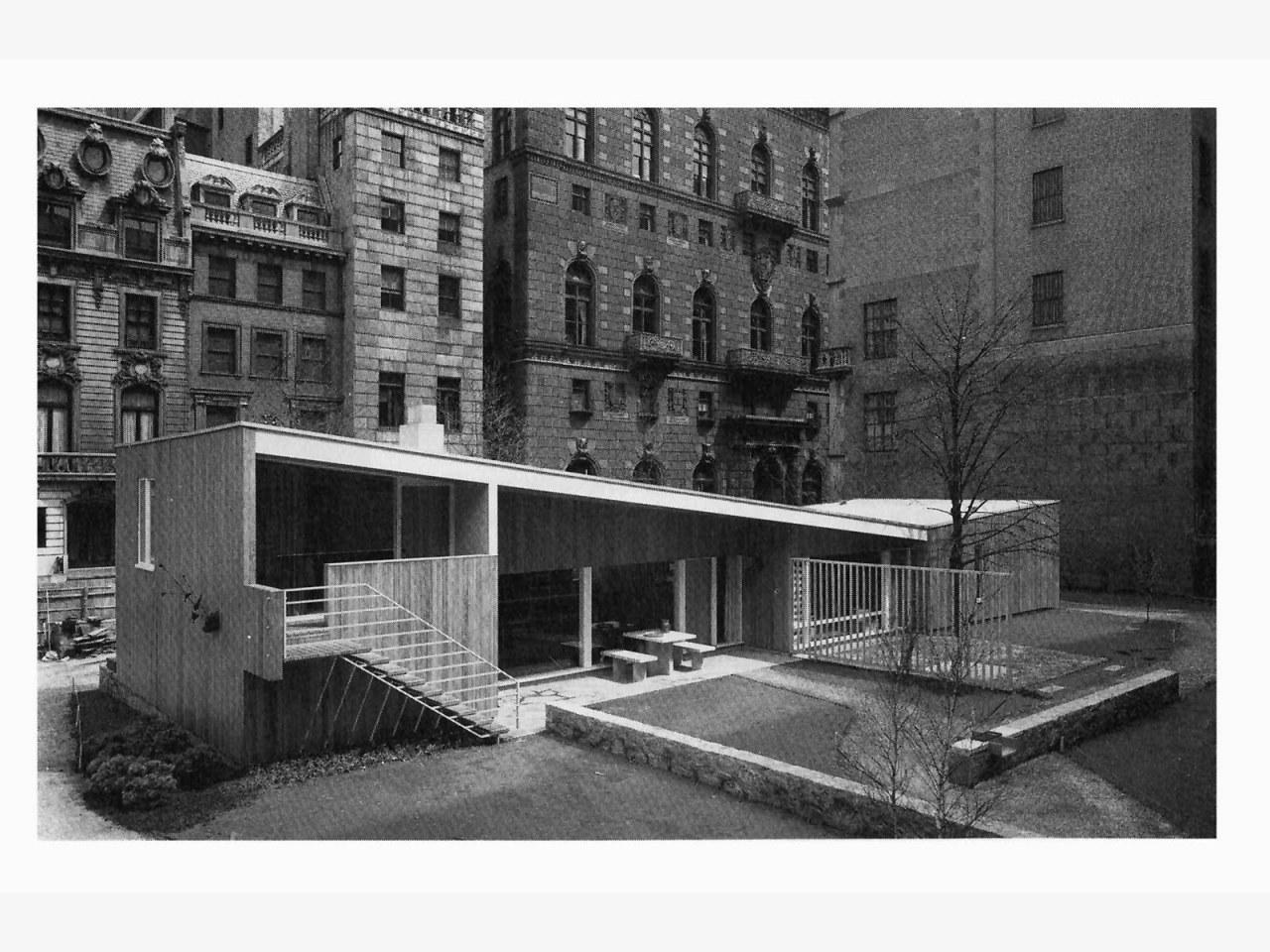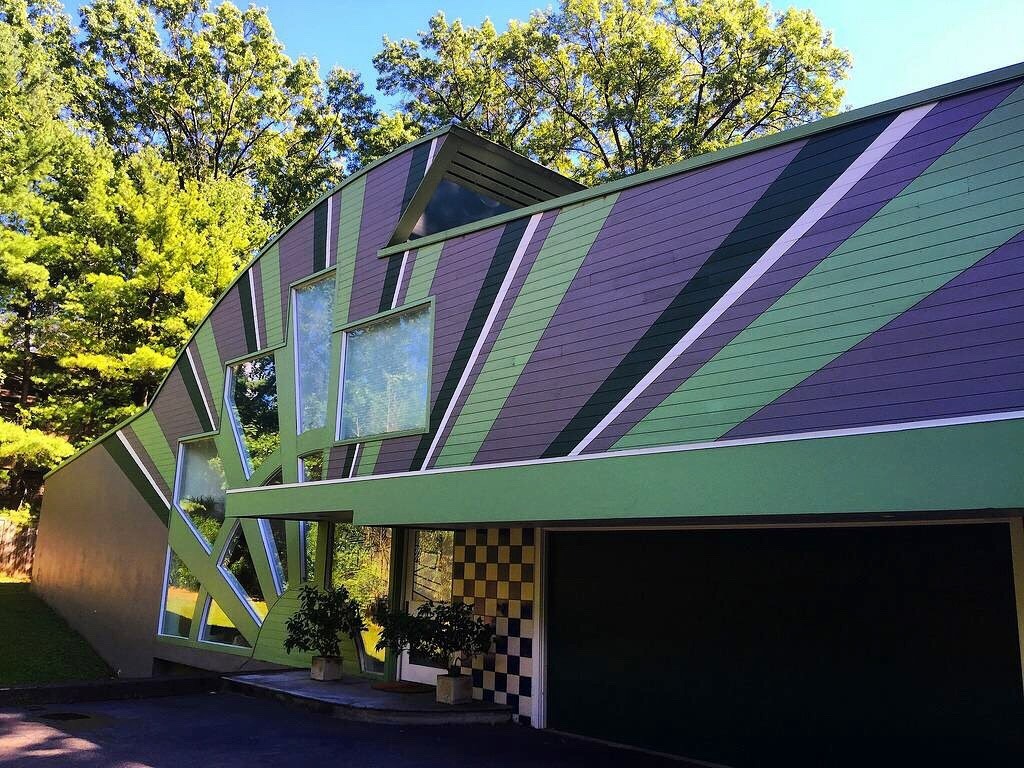THE OLD RULES
The Louis Kahn/I. M. Pei generation of architects were modernists who had dispensed with many of the previously essential aspects of architecture such as ornament, but they still believed in buildings ordered by rules, especially the old rules of geometry, symmetry, centering, axes, and so on. That didn’t mean that they didn’t diverge from those rules—in Pei’s case quite often—but when they they did so they were always aware of the break and compensated in some way. That seems to be what is missing in current architecture. There are no rules, broken or unbroken, which too often results in mere confusion.








